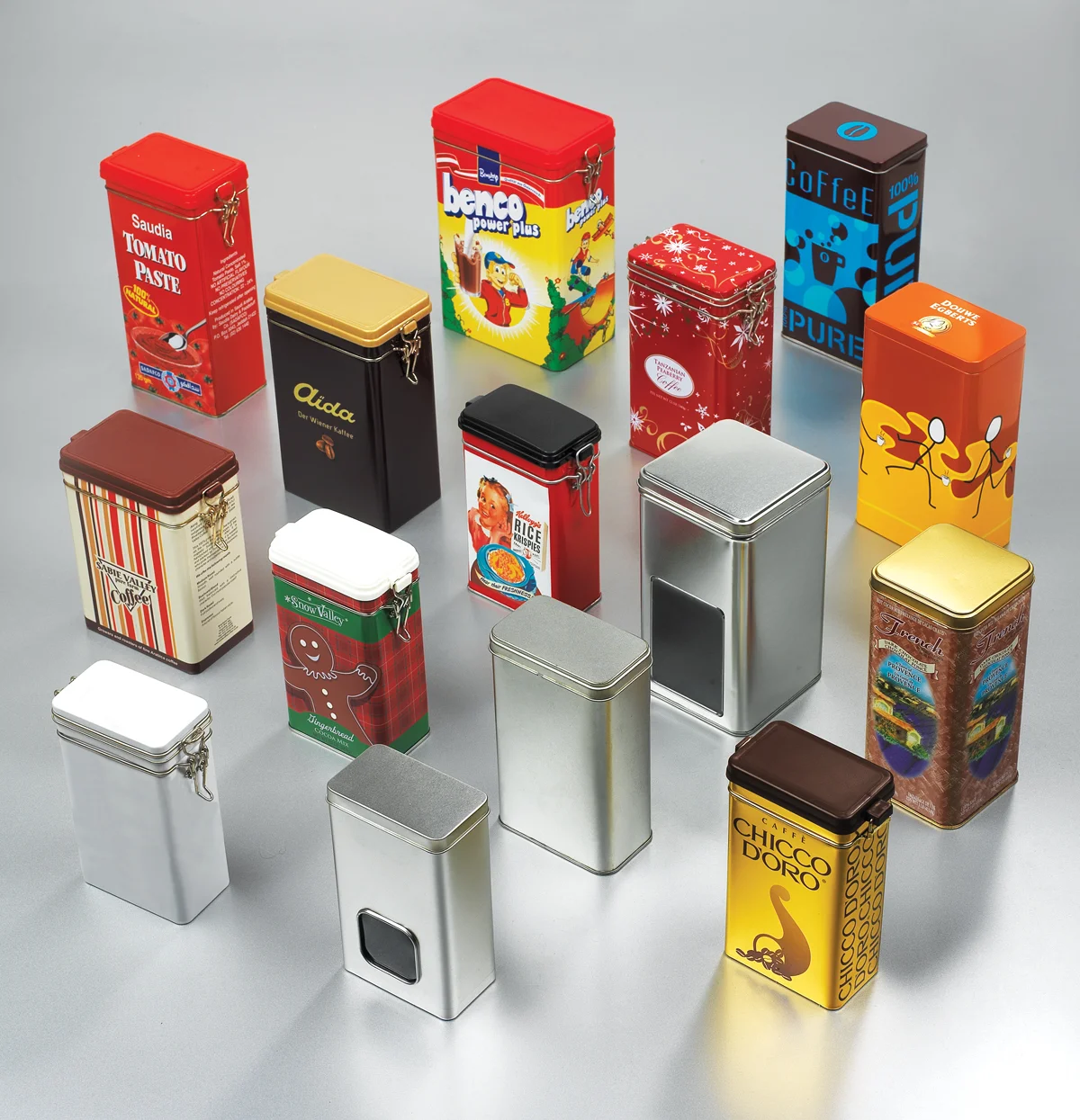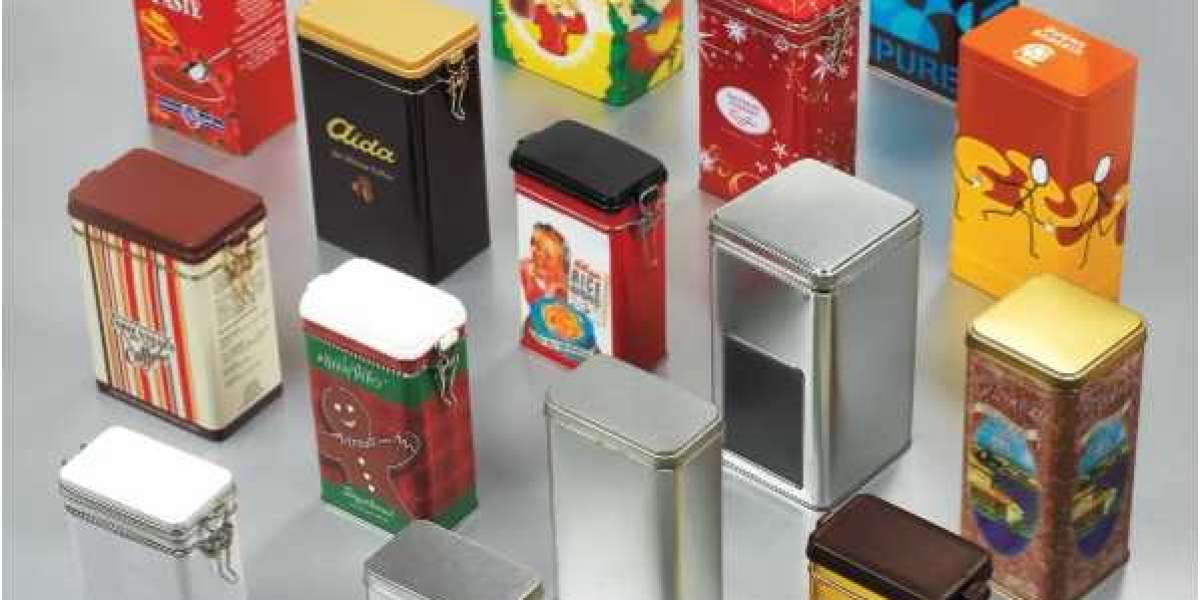The use of tinplate packaging has been in the Chinese market for over a hundred years. From the theaters of Shanghai to the cigarette cases of Du Yuesheng, it represented the most prosperous and fashionable consumer scenes of that time. It is no exaggeration to say that the higher the living standard, the higher the market share of tinplate packaging.
With the beginning of the reform and opening up, mainland China's cost advantage was enormous. The tinplate can manufacture industry shifted from Taiwan and Hong Kong to the mainland. In the 21st century, as China joined the WTO global supply chain system, exports surged, and the canning industry began to flourish. Consumers also found it easier to accept this type of packaging.
So why do we strongly recommend using iron cans?
Strong Plasticity:
Packaging is not just about containment. Designers hope to highlight the aesthetics in addition to the basic functions of packaging. Material plasticity is particularly important in achieving this goal. Iron has a natural advantage in plasticity, with excellent ductility, allowing it to be manufactured into various shapes such as rectangular, square, circular, irregular, etc. It surpasses other materials in plasticity, such as plastic soft packs, while also offering better strength than materials with better plasticity, such as wooden or paper boxes.
Safety:
Most iron cans are made of tin-plated tinplate. Tin is one of the earliest metals discovered and widely used by humans. It is safe, even in large doses. In ancient times, tin pots and utensils were made for storing food, exclusively for nobles and royals. In modern times, because tin is safe and non-toxic, and has sterilization, purification, and preservation properties, it is used as the inner layer of food and canned packaging. This is the origin of tin-plated tin cans.
High Strength:
Tinplate cans are made of T2-T4 hardness, with corresponding hardness selected according to different usage scenarios. Due to its excellent resistance to pressure and impact, tinplate cans are commonly used for tea, cookies, egg rolls, beverages, etc. Such usage scenarios require good packaging strength, which is not easily damaged or compressed.
Environmental Friendliness:
One of the hottest events in the packaging industry was when Coca-Cola changed the classic green packaging of Sprite, which had a history of over 60 years, to transparent packaging. Green packaging requires special treatment during recycling, whereas transparent packaging does not have such problems. Furthermore, as the "plastic ban" continues to strengthen, biodegradable and easily recyclable tinplate packaging products are becoming increasingly popular. As a world leader in energy conservation and emission reduction, China achieved a historic milestone in 2021, with 200 million tons of steel recycled using electric furnaces, an increase of 30% over the previous year. As an environmentally friendly packaging, the industry is investing a lot of effort into waste reduction and resource conservation. Currently, the "crown cap" with a thickness of 0.12mm has been introduced to the market, reducing material usage by approximately 20% compared to the previous 0.15mm thickness. The development trend in the tinplate packaging sector is towards "lighter and thinner".

Email : info@jiangyinforward.com







